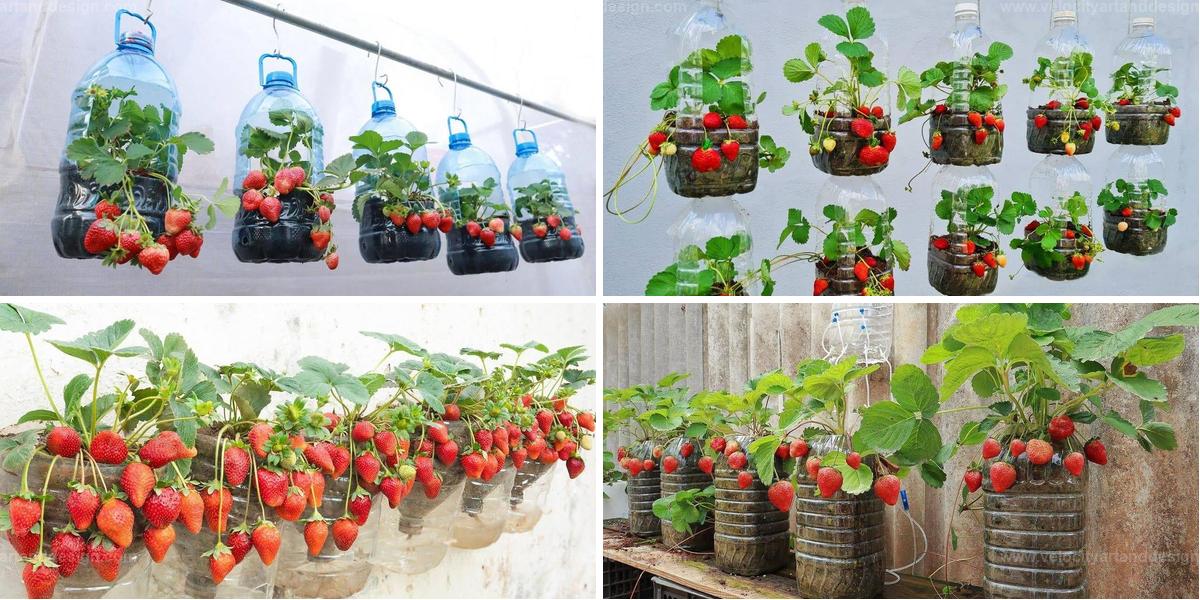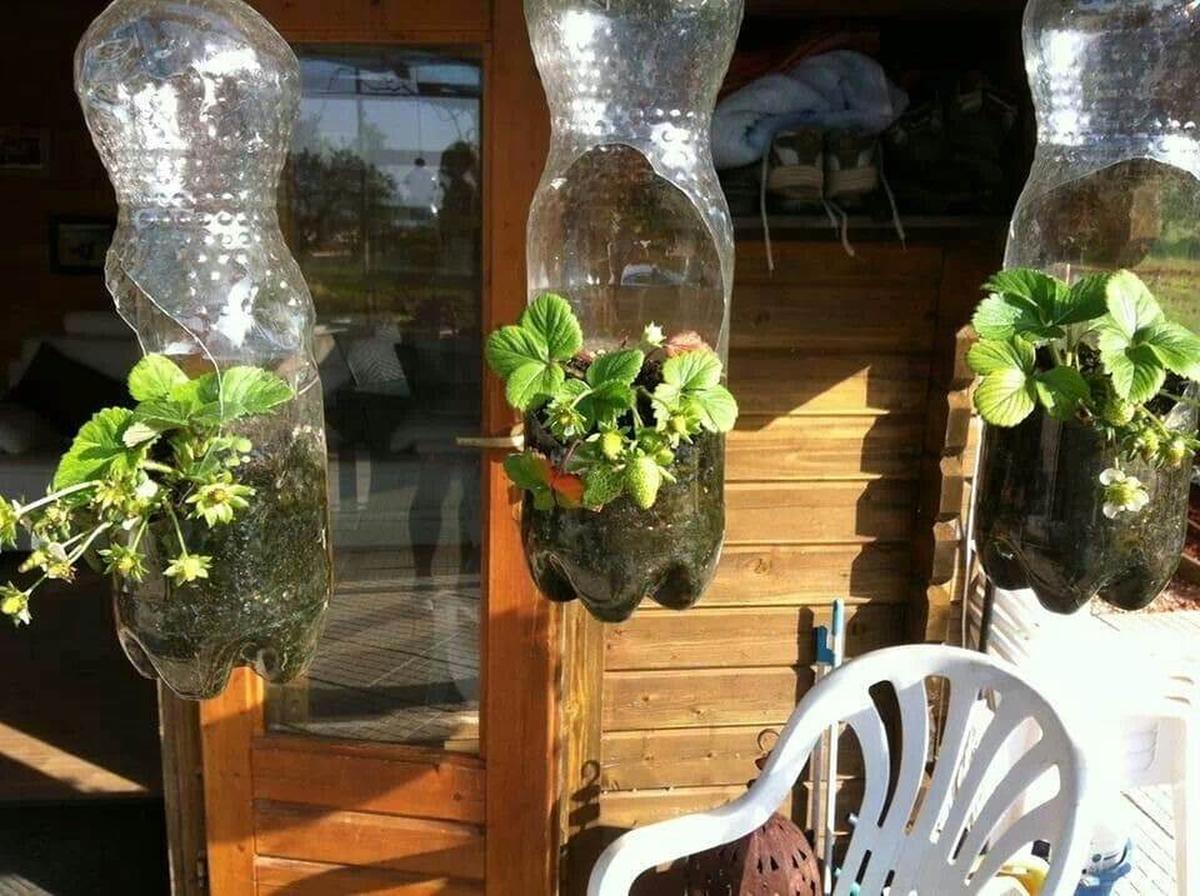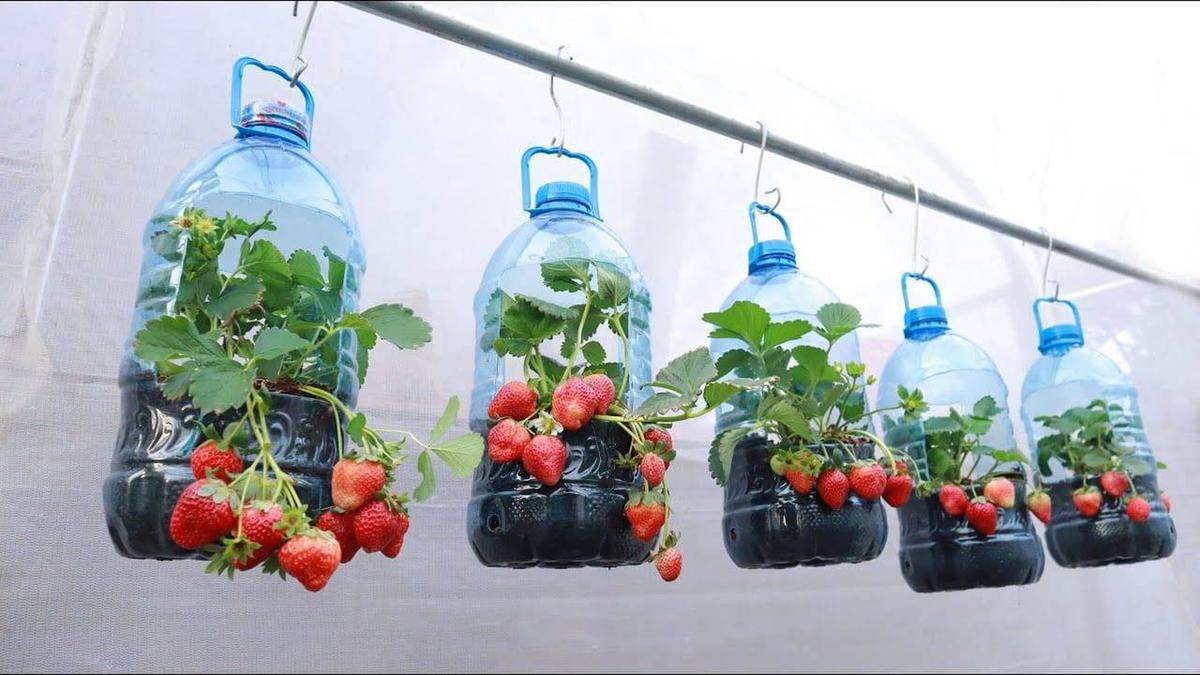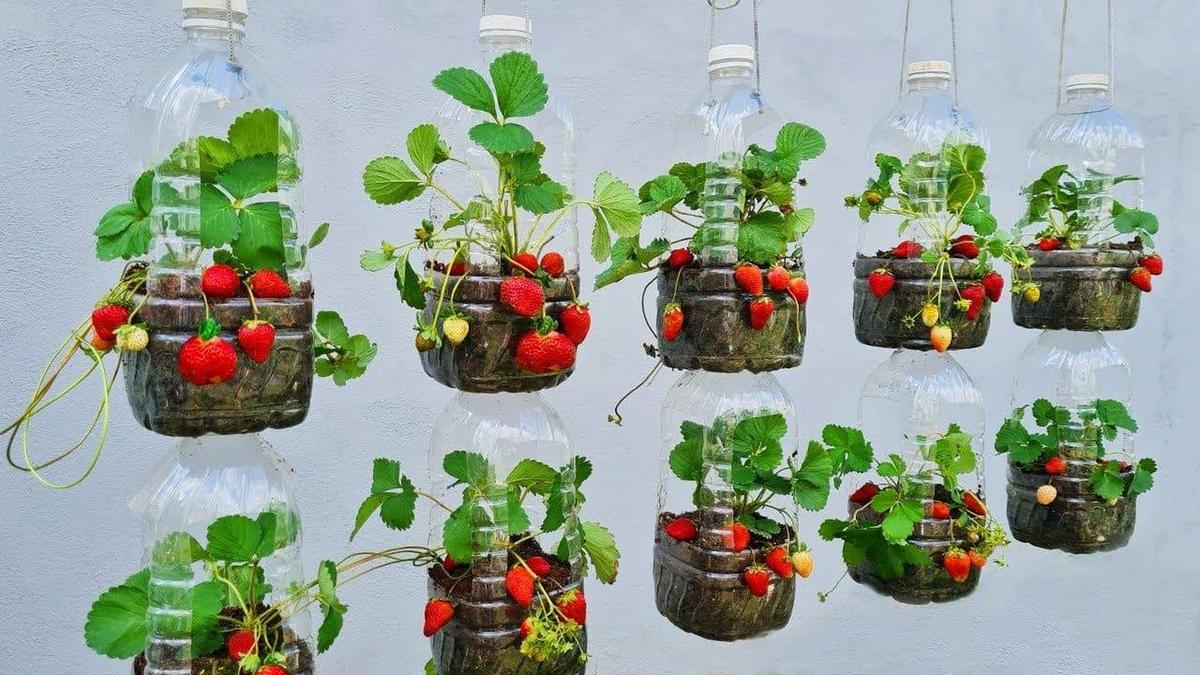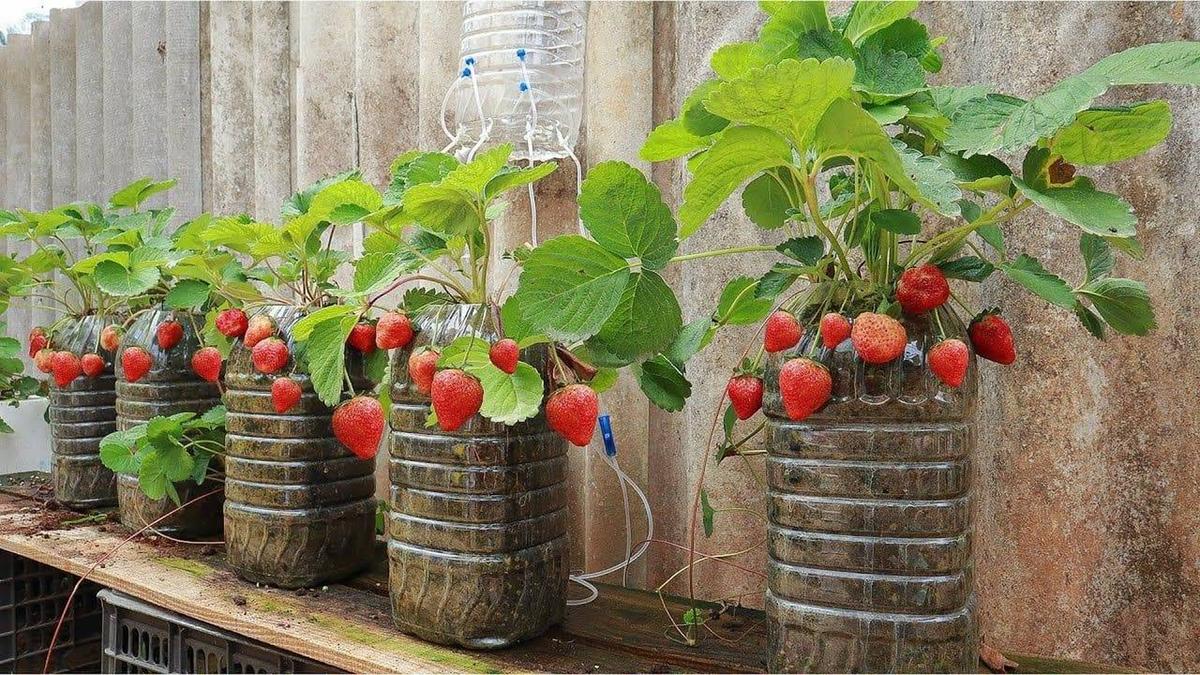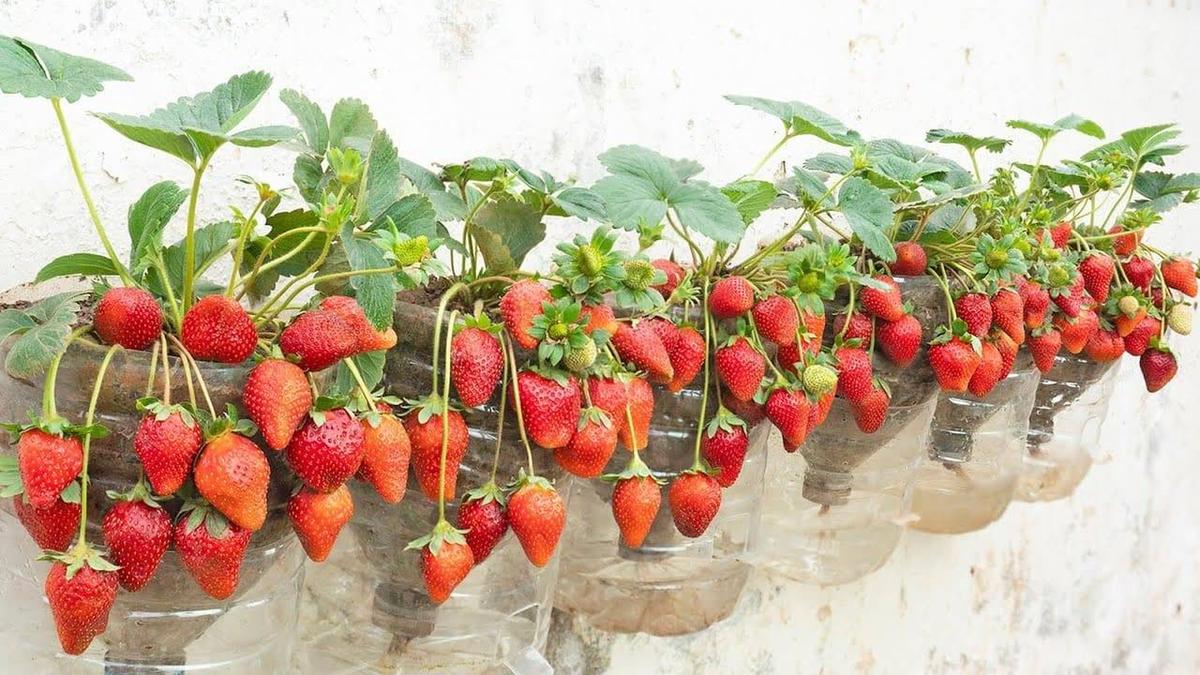Container Strawberry Gardening: Everything from Soil Prep to Harvest
For those who love strawberries but have limited gardening space, container gardening is an ideal solution.
Growing strawberries in containers allows you to cultivate sweet, homegrown berries on a balcony, patio, or even a sunny windowsill.
This guide provides everything you need to know, from choosing the best soil to watering and harvesting techniques, helping you achieve a bountiful strawberry crop.
Discover how simple it can be to grow your own strawberries with these container gardening tips!
Getting Started with Container Gardening
Dive into the world of container gardening with these simple steps to grow your favorite plants in limited spaces. From choosing the right containers to planting techniques, this guide will help you begin successfully.
Step 1: Choose Strawberry Varieties
Choosing the right strawberry varieties is essential for a fruitful harvest. Consider your space and decide between June-bearing, everbearing, or day-neutral types.
For container gardening, especially in plastic bottles, compact or trailing varieties like Alpine or Ozark Beauty are ideal. These types adapt well to smaller spaces while still providing the full, delicious flavor of fresh strawberries.
Step 2: Prepare Soil And Containers
Setting up a healthy environment for your strawberries starts with selecting the right soil and containers. Choose a nutrient-rich, well-draining potting mix to support strong root growth. Five-liter plastic bottles make ideal containers due to their availability and versatility.
Cut the bottle horizontally, keeping the bottom intact to act as a water reservoir, and drill drainage holes in the cap end. This simple upcycling approach reduces waste while creating the perfect growing conditions for your strawberries to thrive.
Step 3: Plant Strawberries
Planting strawberries in plastic bottles calls for a careful, strategic approach. Start by ensuring the soil is moist but not overly saturated. Place each strawberry plant so the crown sits just above the soil surface, taking care not to bury it.
If you’re planting multiple strawberries in the same bottle, space them about 8–12 inches apart to allow ample room for growth. After planting, water thoroughly to help the roots settle into their new environment.
Step 4: Strawberries Caring Guide
Step 5: Harvest Strawberries
When your strawberries reach a rich, deep red color, gently pick them, keeping the green cap intact for optimal freshness. For the best flavor, harvest in the morning when the berries are still cool. Avoid pulling the fruit by the cap or calyx, as this can damage both the berry and the plant.
Strawberries are at their best when enjoyed fresh, so aim to consume them shortly after harvesting. If you have a bountiful harvest, consider freezing or making preserves to enjoy their sweetness well beyond the season.
Important Things to Remember
Keep these essential tips in mind for a thriving container garden. From proper watering to ideal plant placement, these reminders will ensure your garden stays healthy and productive.
Sunlight
Sunlight is essential for strawberry growth, so place your containers in a spot that receives at least 6 hours of direct sunlight daily. Occasionally rotate the bottles to ensure even sunlight exposure on all sides of the plants.
Pests and Diseases
Strawberry plants are vulnerable to pests and diseases like aphids, spider mites, slugs, snails, birds, rodents, powdery mildew, blight, and fruit rot. To manage these issues, practice crop rotation every few years and consider using organic pesticides for prevention and control.
Container Maintenance
Regularly inspect your plastic bottles for wear or damage, and replace any containers that show signs of deterioration to keep your strawberry plants healthy and secure.

